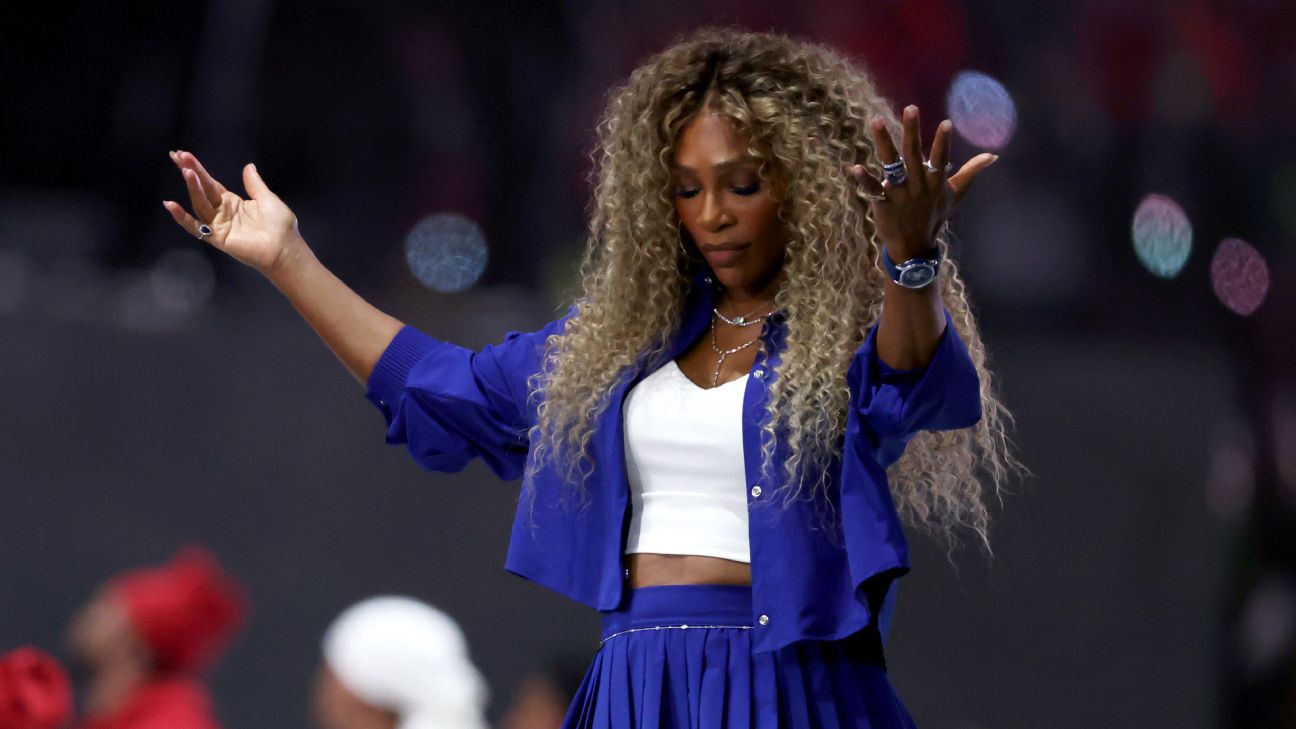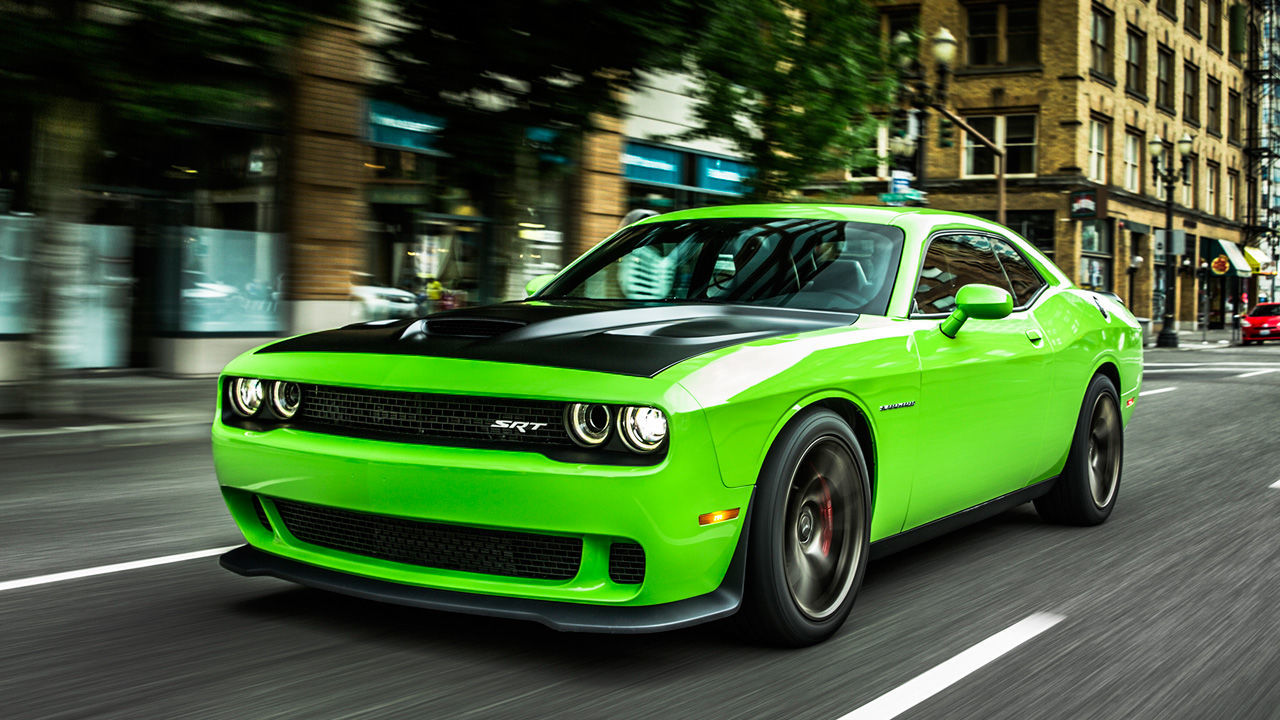
Wow, what a night! The Super Bowl always brings the drama on the field, but this year, Kendrick Lamar’s halftime show brought an entirely different kind of spectacle, one that’s still got everyone talking. It wasn’t just about the music; it was a profound statement, wrapped in layers of symbolism and meaning that truly captivated millions, even as it stirred up some intense debate. Seeing an artist like Kendrick, known for his deep, thoughtful work, take that massive stage was already exciting, but what he delivered went far beyond the typical crowd-pleasing performance we’ve come to expect. It was something else entirely, a bold, undeniable moment.
Forget the flashy fireworks and predictable hits for a minute, because Kendrick chose a path infused with subtlety and thoughtfulness. As a critically acclaimed rapper with a Pulitzer Prize, his lyrical depth and socially conscious themes are well-known, and he brought that same intensity to the world’s biggest stage. The setup itself was intriguing – a simple yet symbolic tic-tac-toe board stage design, hinting at the “game-like nature” of the performance and perhaps the challenges Lamar faces. It was a metaphor right from the start, signaling that this wasn’t just a show; it was a carefully constructed message.
:max_bytes(150000):strip_icc()/Samel-L-Jacksin-Super-Bowl-Halftime-020925-99e91396c5a5485cbe0195503d42c994.jpg)
Then came the introductions, and what an unforgettable moment it was to see Samuel L. Jackson, dressed as Uncle Sam, set the stage. His appearance wasn’t just a celebrity cameo; it was loaded with thematic value, hinting at the deeper themes Lamar was about to explore. Jackson, as Uncle Sam, declared, “This is the Great American Game,” a phrase that immediately framed the entire performance within a larger cultural context. It felt like a prelude to something significant, something that would make us think, not just dance.
Kendrick opened with a powerful teaser, a snippet of his unreleased song “Bodies.” And then, from the hood of a classic 1987 Buick GNX, he delivered the line that truly kicked off the “revolution”: “The revolution ‘bout to be televised. You picked the right time but the wrong guy.” This wasn’t just a cool lyric; it was a direct reference to Gil Scott-Heron’s iconic 1971 song, “The Revolution Will Not Be Televised.” Making such a reference on the Super Bowl stage is incredibly impactful, a bold nod to a song that demanded action and rejected passivity. It set a clear tone: Lamar wasn’t going to ignore the current state of the country, even in the midst of a national celebration.

As Kendrick transitioned into “Squabble Up,” things got even more pointed. Uncle Sam popped up again, interrupting the flow, claiming the music was “too loud, too reckless, too ghetto.” This wasn’t just a scripted line; it was a direct reference to the assumptions and critiques often leveled against Black Americans and hip hop culture. It felt like a mirror being held up, reflecting the often-uncomfortable relationship mainstream culture has with authentic Black expression.
Right after that loaded interaction, the dancers, a powerful all-Black group, arranged themselves and Lamar into the shape of the American flag during “HUMBLE.” But this wasn’t a simple patriotic display; the flag was split down the middle with Lamar centered within the divide. This powerful visual wasn’t just a stylistic choice; it represented the deep divisions within the country, especially relevant in the current political climate. It was a stark image, undeniably reflecting the fractured state of the United States today.

Interestingly, while “Squabble Up” was deemed “too ghetto,” songs like “HUMBLE.” enjoy widespread popularity. This contrast, highlighted by Lamar and the stage visuals, alluded to the idea that people often pick and choose when and how they engage with Black culture, often preferring it when it’s presented in a way that’s comfortable and familiar to a mainstream audience. It’s a subtle but potent critique woven into the very fabric of the performance.
Uncle Sam chimed in again after Kendrick brought out the incredible SZA to perform “Luther” and “All the Stars.” Uncle Sam commended Lamar, stating, “That’s what I’m talking about, that’s what America wants, nice and calm.” This remark underscored the earlier interaction, reinforcing the idea that the previous, more challenging parts of the performance might have been perceived as “too much” for a mainstream, prime-time audience. SZA herself was a fantastic addition, with her voice being described as effortlessly beautiful and her presence captivating, proving that artistry can indeed be universally appealing.

But the moment many were waiting for, the song anticipated above all others, was undoubtedly “Not Like Us.” This track, a blunt diss fueling the ongoing feud between Kendrick Lamar and Drake, holds immense cultural significance. It’s not just personal; it also “highlights disparities within the Black community and references the exploitation of Black culture,” according to the provided text. Its cultural impact upon release was explosive, amassing huge streaming numbers and becoming inescapable on the radio.
Lamar masterfully built the tension, teasing the audience multiple times throughout the show as if he were about to launch into the highly anticipated track. He even referenced potential legal issues, declaring, “I wanna perform their favorite song, but you know they love to sue,” a nod to a pending lawsuit. Finally, as part of the grand finale, he launched into the hit everyone had been waiting for, performing it with palpable energy and a Chesire-like grin, even looking directly into the camera for the infamous lyric “hey Drake.”
During the performance of “Not Like Us,” Lamar delivered another powerful statement: “Forty acres and a mule, this is bigger than the music.” This line is loaded with historical weight, referencing the unfulfilled promise made to newly freed Black families after the Civil War. By connecting this historical broken promise to his diss track aimed at Drake, Lamar was doing something complex: he was calling out Drake’s alleged exploitation of Black culture while simultaneously linking it to the systemic exploitation of Black people throughout American history. It was a layered statement, making the personal feud resonate with broader societal issues.

Then came another unforgettable moment: the appearance of the legendary Serena Williams. Her cameo wasn’t just a random celebrity drop-in. As a fellow Compton native and a prominent figure in sports and culture, her presence connected to Lamar’s themes of community and cultural pride. Adding another layer, Serena Williams, a rumored ex-girlfriend of Drake, performed a crip-walk onstage alongside the dancers. This specific move was not only a reference to Lamar’s culture but also added a visual layer to the rivalry between the two rappers, especially given the context of “Not Like Us.” It was a bold, powerful reclaiming of a move that had drawn criticism in the past, performed now on the world’s largest stage.
Kendrick closed the show with “tv off,” a song featuring producer Mustard. This wasn’t just a final track; it was a final statement, a call to unplug from corporate media. The triumphant horns in the beat made it a song you couldn’t ignore, a reminder from Lamar that he is a major force in the music world and his message demands attention. He urged the audience to “turn the TV off,” a powerful concluding statement on the platform of… television’s biggest event.




